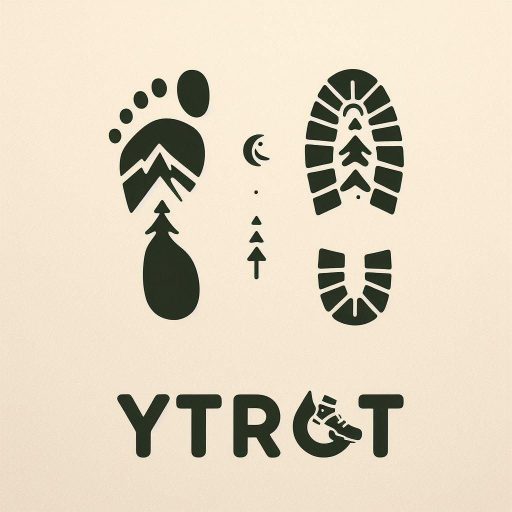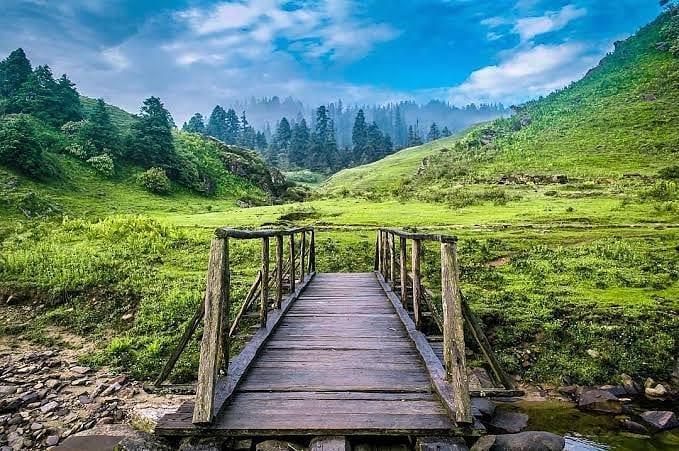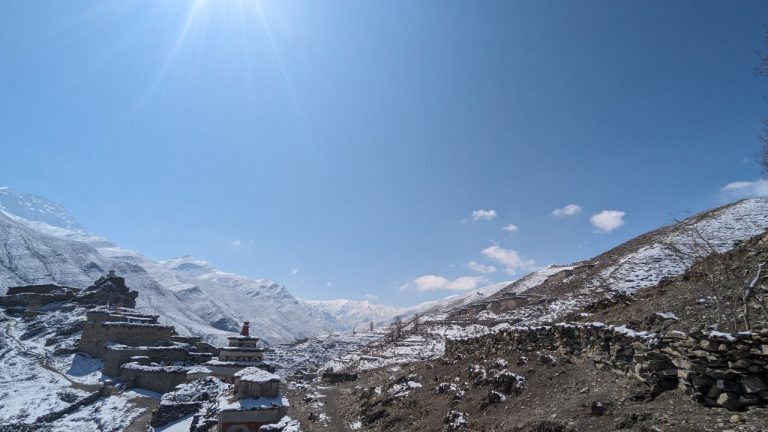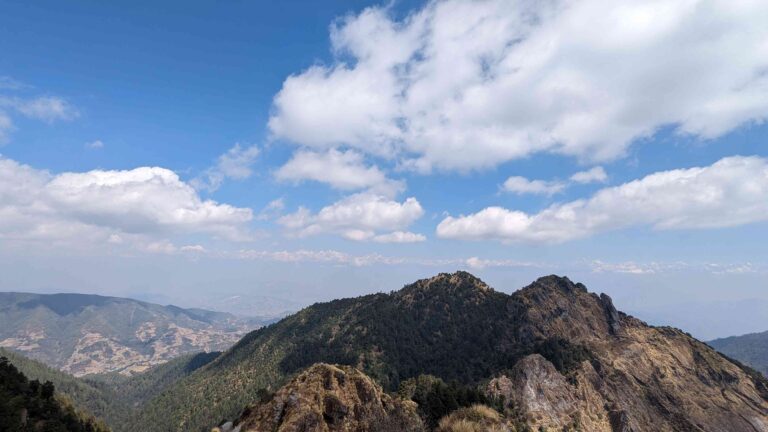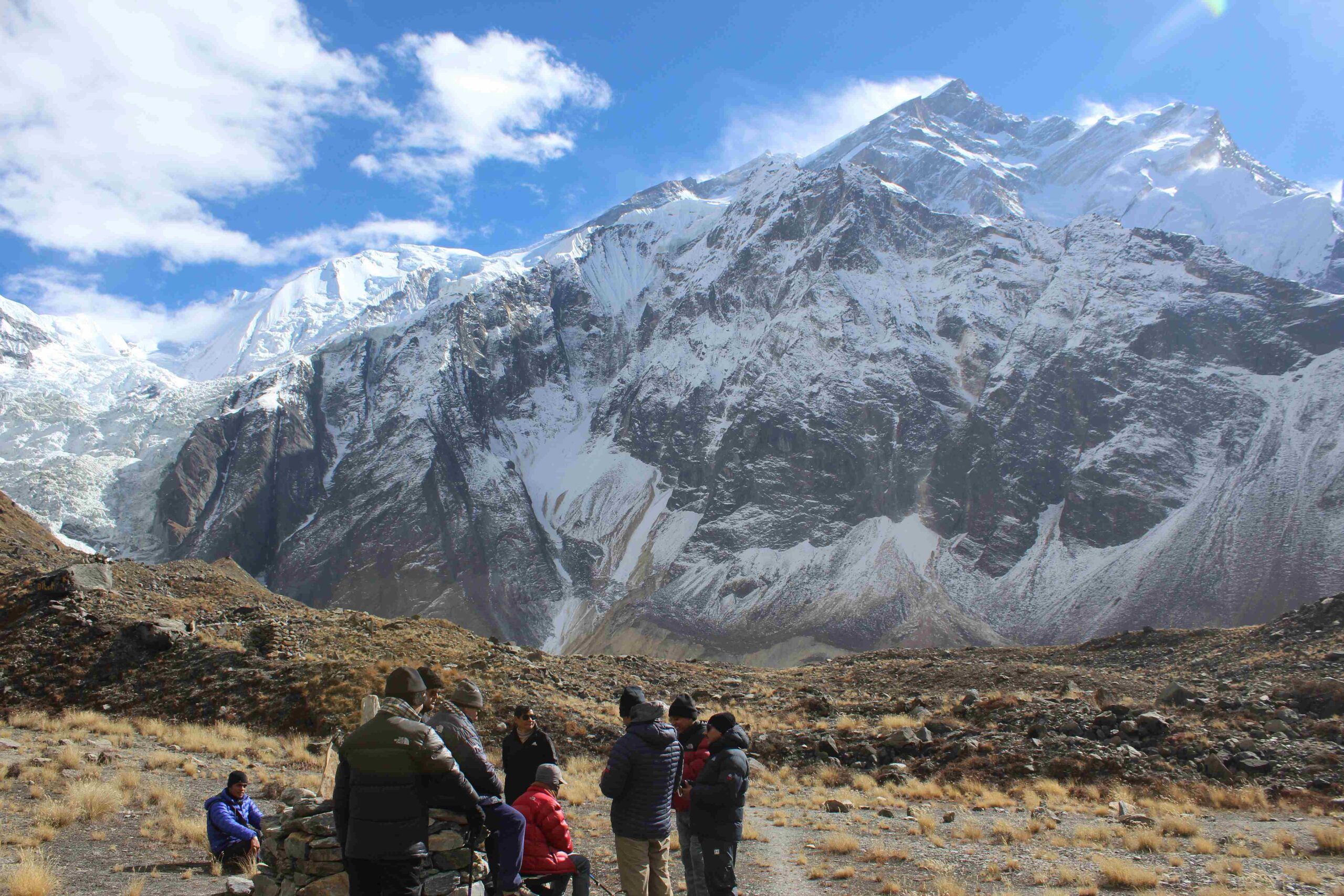The Khaptad National Park Trek is located in western-most part of Nepal. The national park bears Khaptad Baba’s (late Swami Sachchidananda’s) name because he settled in the area in the 1940s to meditate and practice his spirituality. He has a reputation as a doctor and researcher. The Park, which is also known as Khaptad Swami or Khaptad Baba, is a sacred space. It is thought that this region served as the epicenter of the civilizations that inhabited South West Tibet, Far West Nepal, Kumaon, and Garhwal.
Khaptad National Park is located at the intersection of Nepal’s Bajhang, Bajura, Achham, and Doti districts. The most frequented entry point is from Doti district and in this blog, you will have a detail of the same.
Khaptad National Park is a must to visit for gazing at beautiful landscapes including a large number of floras and faunas.
Khaptad Baba lived here for many years and found many medicinal herbal plants that would be used for the recovery of health issues. The ashram (hermitage) of Khaptab baba is famous where Hindu pilgrims go to visit every year in July-August to worship Lord Shiva.
Short Itinerary for Khaptad National Park Trek
| Day 1 | Drive from Kathmandu to Attariya, Kailali | Drive the whole day. |
| Day 2 | Drive from Attariya to Silgadhi to Jhigrana | 8 Hours Drive |
| Day 3 | Trek from Jhigrana to Khaptad | 8-9 Hours Trek |
| Day 4 | Explore Khaptad National Park | |
| Day 5 | Trek Back to Jhigrana, Drive to Silgadhi | 6 Hours trek, 2 Hours drive |
| Day 6 | Drive to Dhangadhi | 6-7 Hours Drive |
| Day 7 | Drive or Fly Back to Kathmandu | 15 Hours drive, 1.5 hours flight |
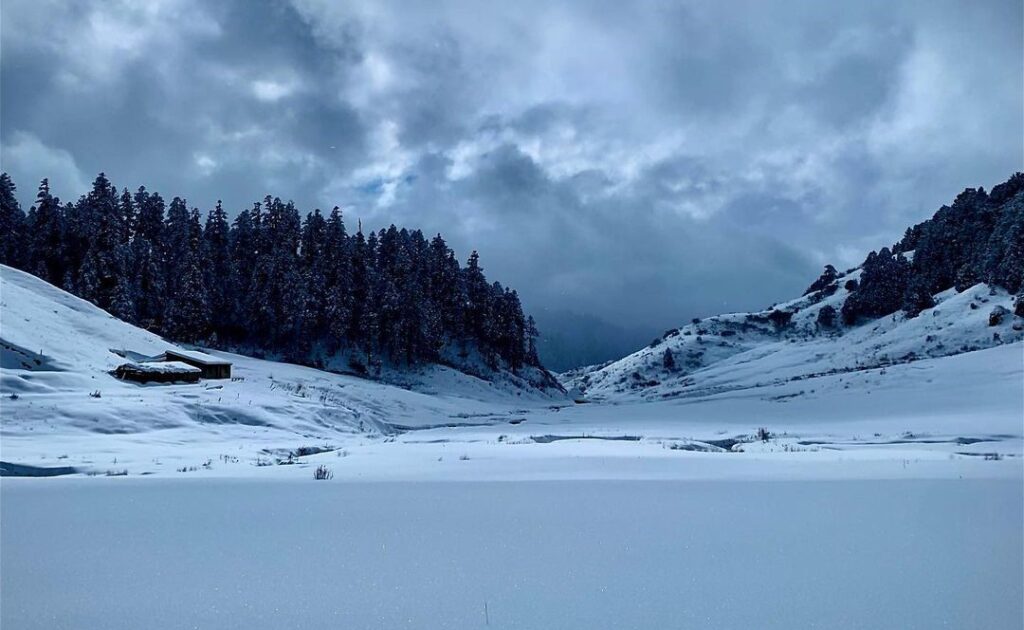
Detailed itinerary of Khaptad National Park
Day 1: Kathmandu to Attariya
You board an early morning bus to Far-west Nepal. You arrive at Attariya after a 15-hour journey through mostly flat, rural Terai. The long bus journey can be tiring. You stay overnight at a lodge in Attariya.
Taking the daily flight from Dhangadhi, followed by a local bus to the highway, is another way to get to Attariya.
Day 2: Attariya to Silgadhi to Jhigrana
We leave early after breakfast to Silgadhi. You can find buses from Attariya Chowk that go to Silgadhi. Silgadhi is about a 7-8 hours drive from Attariya.
Silgadhi bazaar is the gateway to Khaptad, from where the park headquarters is 50 km and almost a 2-day trek. After reaching Silgadhi, you can take a jeep to Jhigrana. You stay overnight at Jhigrana
Day 3: Jhigrana to Khaptad
You begin your trek in Jhigrana and walk for over three hours to reach Bichpani Dharamsala (3020m). Then continue to walk for more than two hours to get to Bukipani after eating lunch at Bichpani. You continue further after taking a quick rest.
Gradually approach the gorgeous and breathtaking pastures of Khaptad after going through a dense forest, thick Himalayan bamboo bushes, and a lovely waterfall. The abundance of different fruits and flowers, birds, butterflies, and medicinal herbs nearby lessens guests’ fatigue levels during extended walks. where visitors get the chance to enjoy seasonal fruits like peaches, golden raspberries, and bayberries. Around midday, we’ll eat lunch in the National Park’s lush meadow. You will arrive at the center of Khaptad National Park, where there is a hotel, an army camp, and the office of the national park authority, after an 8 to 9-hour trek from Jhigrana.
Day 4: Explore Khaptad National Park
Today you explore around the beautiful meadows and landscape of Khaptad National park. You can also visit the museum. You will definitely have to visit Tribeni, which is the meeting point of three rivers and four districts Doti, Achham, Bajhang and Bajura.
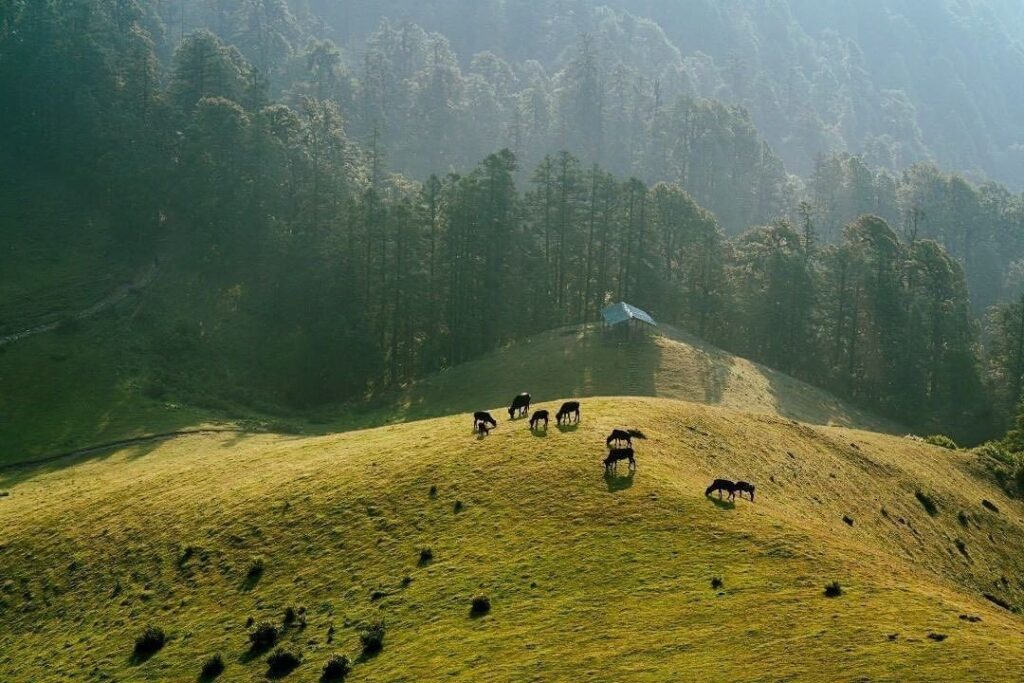
Additionally, you will be seeing Ashutosh Sahas, a naturally occurring lingam formation, Sahashra Linga, the park’s highest point, and NagDhunga, a rock in the shape of a cobra snake. Khaptad Baba Ashram is a place of meditation; Bolde Judi is a view tower that offers a panoramic view of the National Park. Also, Khaptad Daha (pond/lake) is a lovely marshy pond; and Sita Paila is a stone that followers believe to be the footprint of the Hindu deity Sita.
Day 5: Trek back to Jhigrana
You journey back to the Park – Jhigrana’s base after breakfast (8hr Trek). After a two-hour drive through Phulot Village from Jhigrana, you will arrive in Silgadhi. Spend the night in a hotel in Silgadhi.
Day 6: Silgadhi to Dhangadhi
You will board an early bus from Silgadhi to Dhangadhi. When traveling the other direction, the driving time is roughly the same.
Day 7:Drive back to Kathmandu
Take the earliest bus Kathmandu return. Another alternative is to take a flight back to Kathmandu, especially if your first trip was by bus while you arrived in Dhangadhi.
Best Time to Visit Khaptad National Park
The best seasons to visit Khaptad National Park are spring (March through May) and fall (October through November).
Winter sets in from December to February. The national park will be covered in snow. A growing number of people are choosing to travel to Khaptad in the winter months because of the pure white blanket of snow that will cover the entire region.
